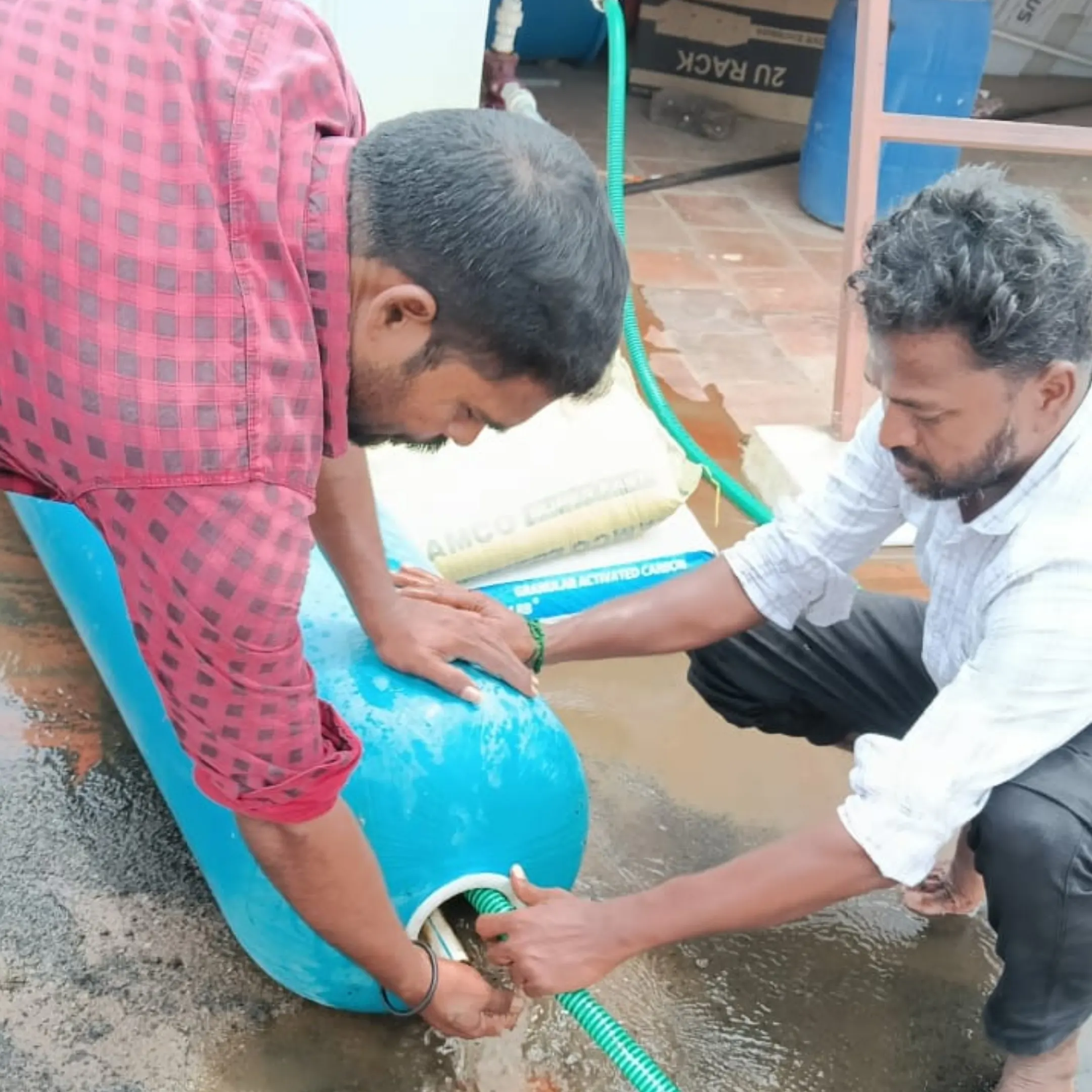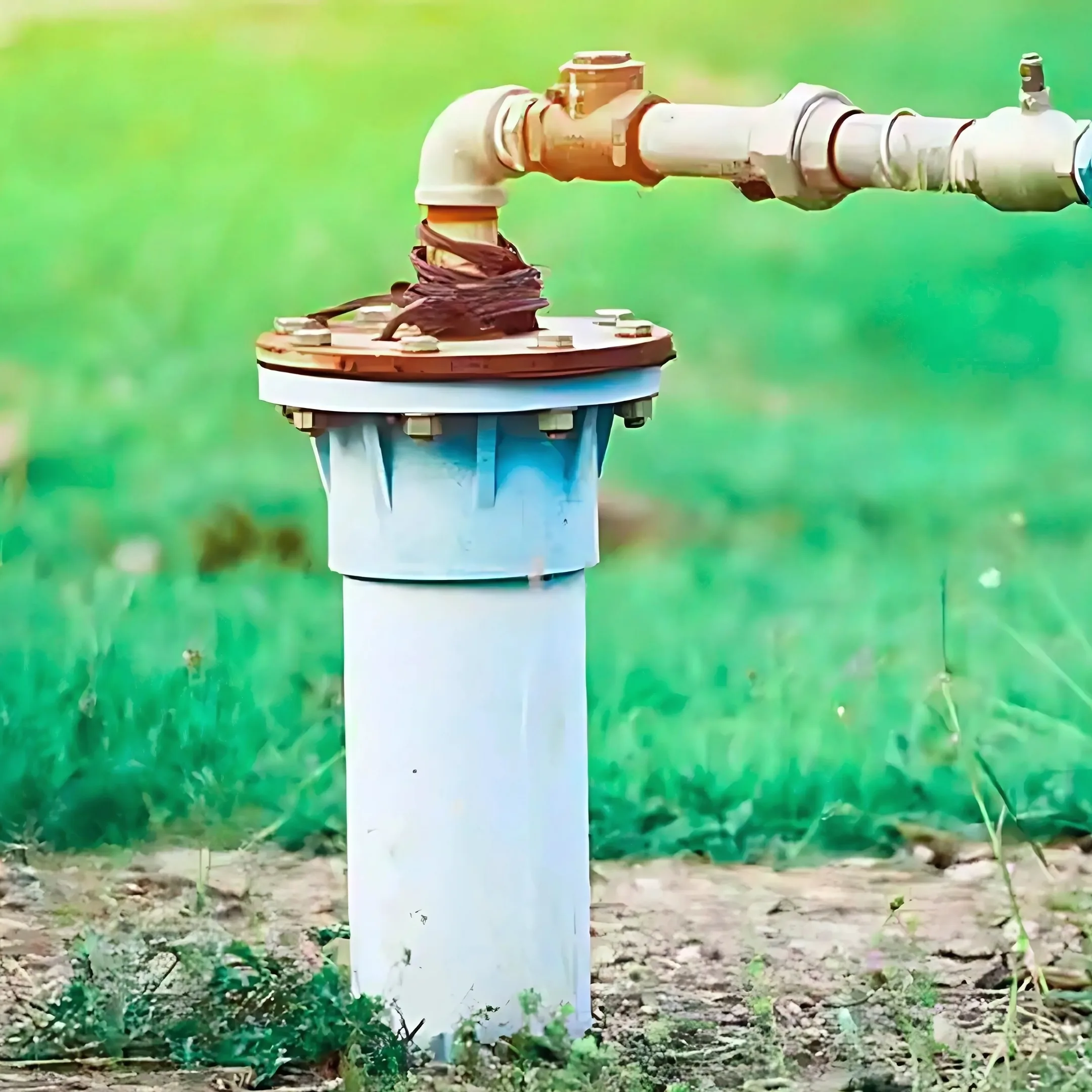5 MOTOS of Our Service
SOURCE ANALYZATION
PROBLEM IDENTIFICATION
PRODUCT CUSTOMIZATION
PROJECT ONTIME COMPLETION
CUSTOMER SATISFACTION
Bore Water / Well Water Treatment
- Iron Water / Brown / Yellow Water Treatment
- Bad Smell/ Sewage Smell Water Treatment
- Salt water / High TDS Water Treatment
- Hard Water Treatement
Metro Water Treatment
- Sediment Water Treatment
- Filtration Treatment to filter Red Worms & Musquitoe Larvae in Water
- Bad Smell/ Sewage Smell Water Treatment
Municipality Water Treatment
- Muddy Water Treatment
- Algae Water Treatment
AFTER SALES SERVICES:

Providing immediate and accurate services is a commendable goal for any establishment, especially in fields like water treatment where timely action can have a significant impact on water quality and safety. To ensure that your establishment can consistently deliver immediate and right services, consider the following steps and best practices:
Service Planning and Scheduling
Develop a robust service planning and scheduling system that allows you to allocate resources efficiently based on customer demand and urgency. This may involve using scheduling software and predictive maintenance tools.
Emergency Response Protocols
Establish clear protocols and procedures for handling emergency situations in water treatment. This includes having 24/7 on-call video call support with our technical person , predefined response plans, and readily available equipment for rapid deployment.
Monitoring and Surveillance
Implement continuous monitoring and surveillance systems to detect issues in real-time. This can include remote sensors and monitoring tools that provide data on water quality and equipment performance.
Well-Trained Staff
Ensure that your staff members are well-trained and equipped to handle a wide range of scenarios. Training should cover safety protocols, equipment operation, and emergency response procedures.
Quality Assurance
Implement a robust quality assurance and control program to ensure that services are consistently delivered at the highest quality standards. Regular audits and inspections can help identify areas for improvement.
Inventory Management
Maintain adequate inventory of spare parts and equipment to minimize downtime in case of equipment failures. Just-in-time inventory practices can help reduce costs while ensuring quick access to necessary components.
Customer Communication
Establish effective communication channels with your customers, including emergency hotlines or online reporting tools. Keep customers informed about the status of their service requests.
Data Analysis and Predictive Maintenance
Utilize data analytics and predictive maintenance techniques to identify potential issues before they lead to service interruptions. Predictive analytics can help in proactive problem-solving.
Feedback and Continuous Improvement
Encourage customer feedback and use it to continuously improve your services. Regularly review your processes and adapt them based on lessons learned from previous service engagements.
Compliance with Regulations
Ensure that your services are in compliance with all relevant regulations and standards. Stay up-to-date with changes in water treatment regulations that may impact your operations.
Technology Integration
Explore the integration of technology solutions such as Internet of Things (IoT) devices, automation, and artificial intelligence to enhance the efficiency and accuracy of your services.
Documentation and Reporting
Maintain thorough documentation of service records, test results, and customer interactions. Accurate record-keeping is essential for traceability and accountability.



